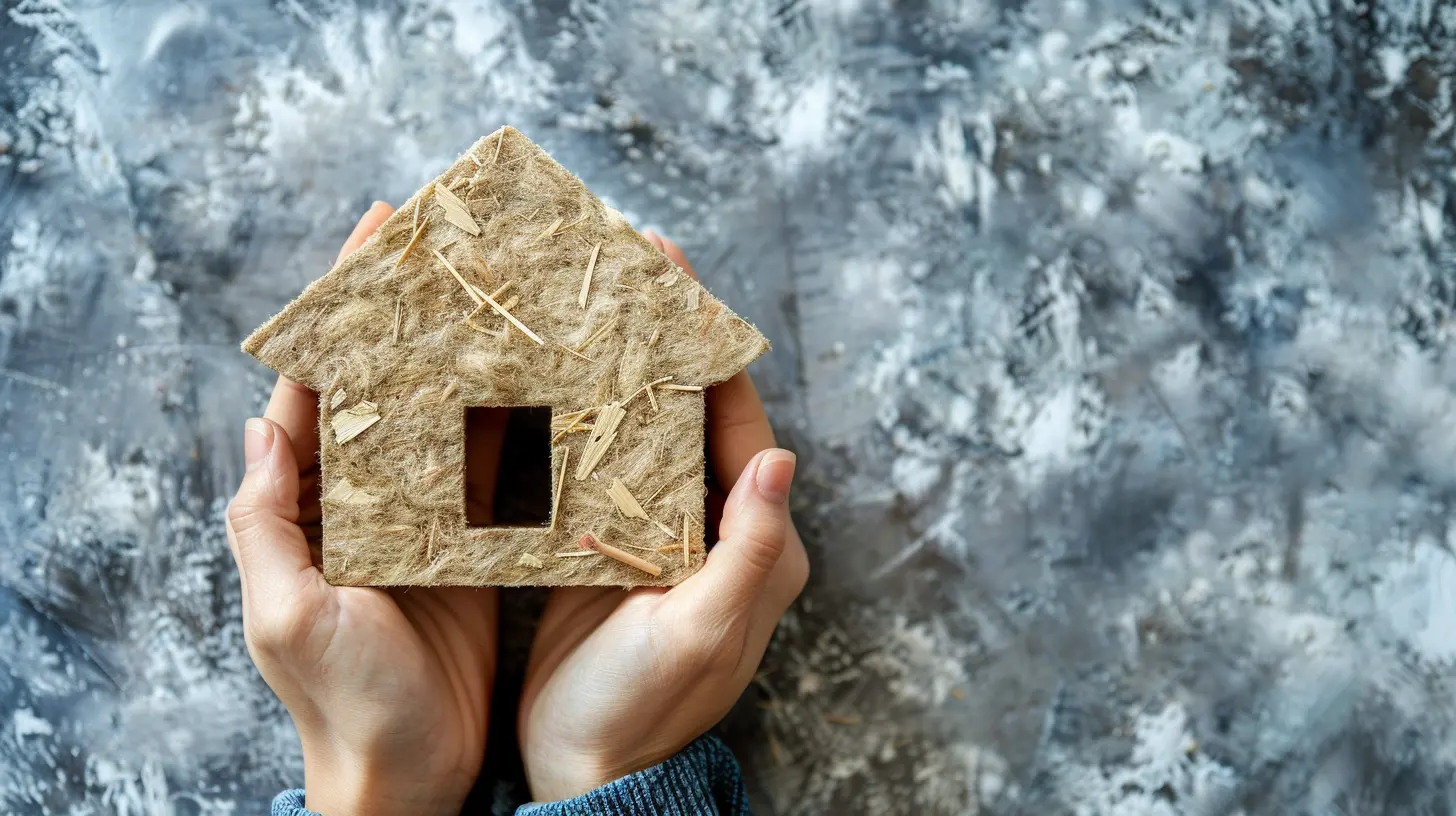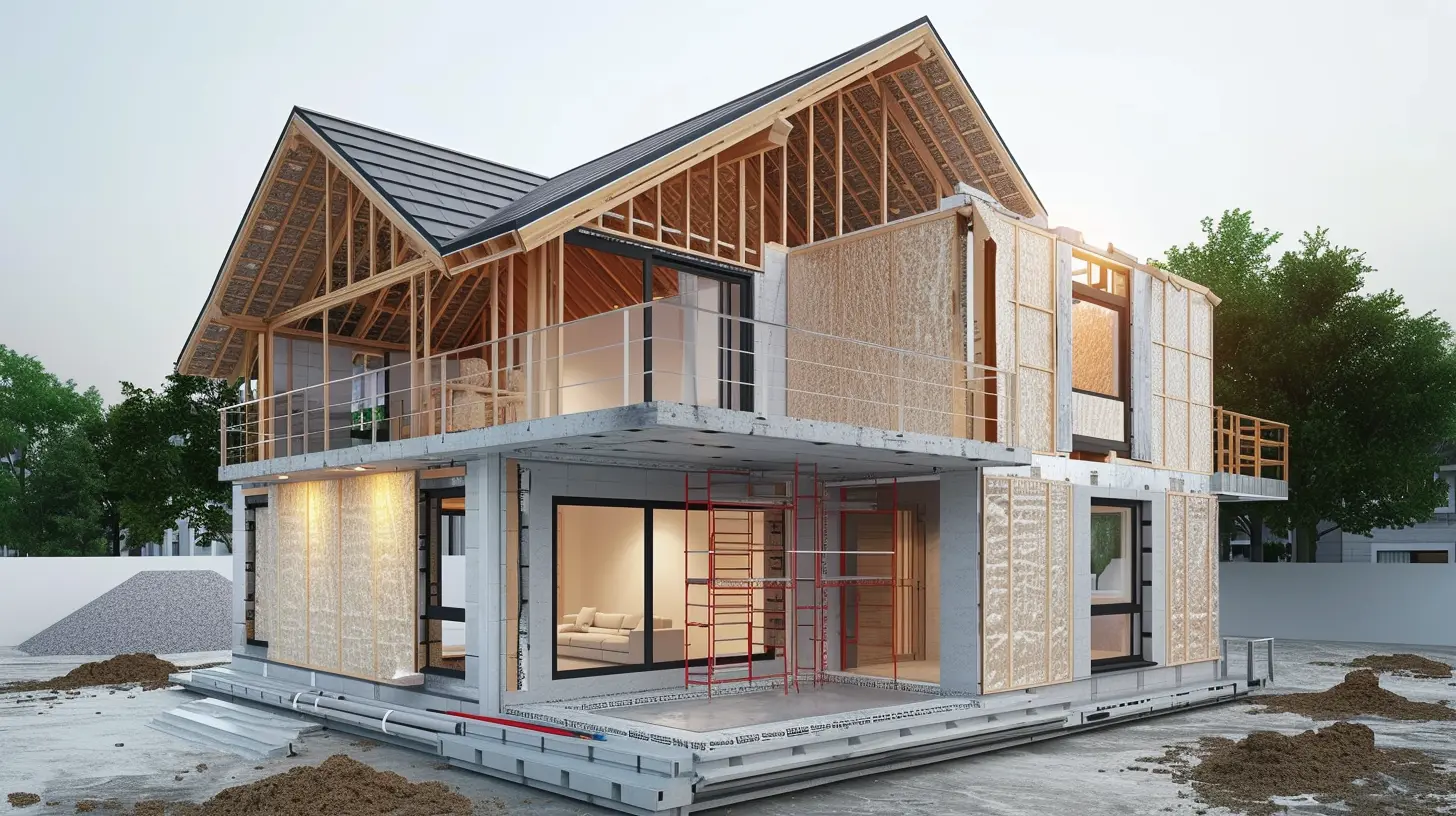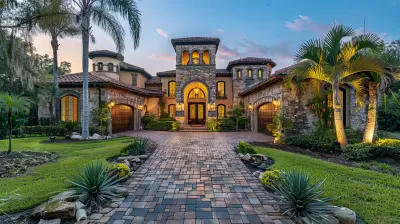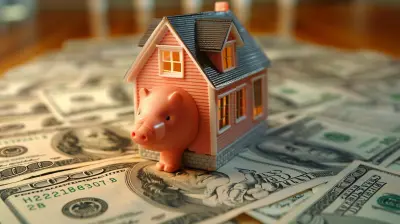24 April 2025
Let’s face it—our homes might feel cozy, but they can also be energy hogs. We crank up the heat in winter, blast the AC in summer, and watch our utility bills creep higher and higher. Sound familiar? This isn't just hard on your wallet. It’s also no friend to the environment. But what if I told you there’s a way to stay comfy, save money, and help the planet all at the same time? The secret lies in insulation upgrades.
Yep, insulation is more than that fluffy stuff you barely notice in your attic. Done right, it can drastically reduce energy waste, keep your home feeling perfect year-round, and make those monthly bills way more manageable. Let’s dive into why insulation matters so much and how you can beef it up to make your home more energy efficient.
Why Insulation Is Your Home’s Superhero
Think of insulation as your home’s favorite sweater. It keeps the warmth in during winter and the heat out during summer. Without it, your home is like a leaky boat—no matter how much you try to make it work, energy (and money!) slips away through cracks and crevices.But insulation isn’t just about warmth. It’s also a key player in soundproofing and maintaining indoor air quality. And here’s the kicker: Boosting your insulation isn’t just a home improvement; it’s an investment that pays for itself over time. 
Symptoms Your Home Needs an Insulation Upgrade
Not sure if your home is properly insulated? Here are a few telltale signs:- Skyrocketing energy bills: If your heating and cooling costs make you want to cry, poor insulation might be the culprit.
- Drafts and cold spots: Ever feel like a ghostly breeze is brushing by, even when the windows are closed? Yeah, that’s a big red flag.
- Inconsistent temperatures: One room feels like the Arctic Circle, while another feels like a sauna? That’s a major insulation fail.
- Ice dams in winter: If your roof grows icicles like it’s entering a Christmas contest, heat might be escaping through the attic.
Sound familiar? Let’s fix that. 
Types of Insulation: What Are Your Options?
Before you start tearing up your walls, let’s talk options. Not all insulation is created equal. Here’s a quick rundown to help you understand what’s out there:1. Fiberglass Insulation
Think of those pink, fluffy batts you’ve seen in hardware stores. Fiberglass is one of the most common types of insulation. It’s affordable and easy to install, but it might not be the best for hard-to-reach areas.2. Spray Foam Insulation
If you want to seal every nook and cranny, spray foam is your go-to. It expands to fill gaps, making it super effective. Bonus: It’s great for soundproofing too.3. Cellulose Insulation
Eco-friendly folks, this one’s for you. Made from recycled paper products, cellulose is both effective and environmentally friendly. It’s especially useful for retrofitting older homes.4. Rigid Foam Boards
These are like the heavyweights of the insulation world. Rigid foam boards are durable and provide excellent thermal resistance, making them ideal for basements and exterior walls.
The Best Places to Upgrade Insulation
Where should you focus your energy (pun intended)? Some areas of your home are more critical than others when it comes to insulation. Here’s where you’ll get the most bang for your buck:1. Attic
Hot air rises, and if your attic isn’t well-insulated, all your heat is literally going out the roof. Upgrading attic insulation is one of the easiest ways to improve energy efficiency.2. Walls
Your walls are basically the skin of your home. Without proper insulation, they let in cold drafts or trap unwanted heat. If you live in an older home, this is often an area that needs attention.3. Basement or Crawl Space
These areas are often overlooked but super important. Heat loss through the foundation can chill your entire house. Plus, insulating these zones can help prevent moisture issues.4. Windows and Doors
Okay, technically, this isn’t insulation, but weatherstripping around doors and windows can act like it. Don’t underestimate small fixes—they can add up to big savings.How to Choose the Right Insulation
Feeling overwhelmed by the options? Don’t sweat it. Choosing the right insulation depends on a few factors:- Your Budget: Spray foam might be super effective, but it’s also pricier. If you’re on a tight budget, fiberglass or cellulose might be a better fit.
- Your Climate: Live somewhere cold? Prioritize high R-value insulation (a fancy way of measuring how well it blocks heat). In warmer climates, focus on areas where heat seeps in, like attics and walls.
- Your DIY Skills: Some insulation types, like fiberglass, are pretty DIY-friendly. Others, like spray foam, might be better left to the pros.
Step-by-Step Guide to an Insulation Upgrade
Ready to roll up your sleeves? Here’s how to get started with an insulation upgrade:1. Assess Your Current Insulation
Before you start adding more, see what you’re working with. Check your attic, walls, and crawl spaces. Is there insulation already? If so, is it in good shape?2. Seal Air Leaks
Insulation works best when your home is airtight. Use caulk or weatherstripping to seal gaps around windows, doors, and outlets. Imagine trying to heat a house with the front door cracked open—it’s kind of like that.3. Pick Your Insulation Type
Once you’ve assessed your needs, choose the type of insulation that makes the most sense for your home and budget.4. DIY or Hire a Pro?
Insulating your attic? Totally doable on your own. Sealing walls or adding spray foam? You might want to call in a professional.5. Install and Enjoy
Follow the manufacturer’s instructions carefully if you’re doing it yourself. Or, if you’ve hired a pro, sit back and relax. Once the job’s done, you’ll start noticing the difference almost immediately.Benefits Beyond Energy Savings
Okay, so you’ll save money and reduce your carbon footprint. That’s a given. But did you know insulation upgrades come with a few other perks?- Better Comfort: No more temperature rollercoasters! Insulation helps maintain consistent, cozy temps throughout your home.
- Healthier Indoor Air: Proper insulation can reduce pollutants and allergens, giving you cleaner air to breathe.
- Higher Home Value: Thinking of selling? Energy-efficient homes are super appealing to buyers.
- Less Noise Pollution: Insulation doubles as a sound barrier, meaning you can finally drown out your neighbor’s barking dog.
Final Thoughts
Upgrading your home’s insulation might not be the sexiest project on your to-do list, but it’s hands-down one of the smartest. It’s like giving your house a warm, eco-friendly hug that keeps on giving. Whether you’re looking to cut down on bills, stay comfy year-round, or do your part for the planet, insulation is the answer you didn’t know you were looking for.So, what are you waiting for? Grab a sweater (your house, not you), and get started.




Eloise Frank
Great tips! It's amazing how small insulation upgrades can make such a big difference in comfort and energy bills. Thanks for sharing!
April 24, 2025 at 7:44 PM